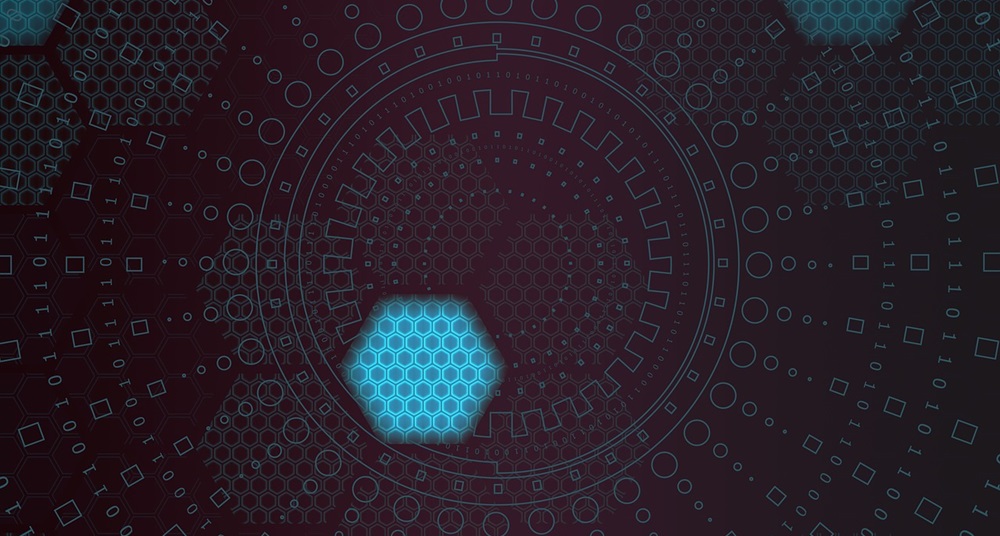
With the number of interconnected and intercommunicating devices set to rise to more than tens of billions over the next few years, next generation networks will require a secure and efficient way to track all interactions, transactions, and activities of every device within the network.
Hurdles including interoperability, compliance, reliability, security, and privacy still stand in the way of the IoT’s full potential, amongst this, people’s trust is a major concern.
Many suggest that blockchain technology will solve all these problems, it will give energy to the rapid growth of IoT leverage, and alleviate all fears, whereas others believe that both IoT and blockchain remain emergent technologies and not even close to being ready for widespread adoption.
Blockchain was first mentioned when Bitcoin was introduced - a virtual currency which relies on this technology to ensure security and virtue. Blockchain, Bitcoin’s underlying technology allows for a secure exchange between entities by cultivating a continuously growing list of incorruptible data records whilst being protected from tampering and modification.
Blockchain’s biggest pull is that it can ensure the integrity of any kind of transaction over the network and between any entities, for example, tracking ownership rights, tracking interactions between devices, authentication, or even voting rights.
At this stage, IoT topology is based on having all data from devices enter a centralized location, such as a physical server or cloud to use and store the data. All connected devices are identified, authenticated, and connected through a platform that provides services like device management, data collection, data processing, analytics, and storage. The sheer number of different IoT device types, versions and models make device management far from easy.
As the number of connected devices increases so does the amount of data, which in turn can and will eventually cause a centralized cloud server to bloat and overload. The ability to develop a cloud service that connects all devices and guarantees interoperability can be technically and economically challenging and difficult to scale.
Blockchain technology goes about this process differently. Instead of managing and storing all transactions at a central location, blockchain creates a distributed digital ledger which holds permanent, unmodifiable data records that are available to any node within the IoT network. All subnetworks and nodes can recognize and authenticate transactions before adding them to the ledger, where they are available to other nodes sharing the network, enabling cost savings by not having to spend on expensive, centralized data centers and also eliminating the need for intermediaries.
There are several benefits to combining IoT with blockchain technology:
- With a large amount of IoT data being personal data, for example, a smart home system stores data about our lives and daily activities. This data needs to be shared with other machines to be of any use to us but opens us up to further data breaches. Blockchain can greatly improve IoT security by adding an additional layer of security that hackers would struggle to bypass.
- Blockchain records are always transparent, therefore all activities pertaining to any transaction within a given IoT network can be tracked and analyzed by a permitted person or company.
- ‘Smart machines’ will record details of transactions which take place between themselves without any human oversight including the inability to modify a record with inaccurate information. Blockchain data is fully encrypted, in addition, with distributed storage, data can be fully trusted by all parties involved in the supply chain.
- If anything were to go wrong such as a node stops working or there is a data leak, having a blockchain record should make finding the cause and location quick and efficient to identify and repair.
- Agreements (smart contracts) can be made which are executed when a certain condition has been met, for example, exchanging money, goods, property, or even shares. Ethereum is predominately used for this purpose as it has unlimited processing capabilities although, in theory, contracts can be encoded into any blockchain.
But who will be directing the traffic in a multi-blockchain world?
Blockchain twinned with IoT essentially eliminates the need for a central, trusted intermediary between smart devices and could, in fact, remove the requirement for a middleman in most transactions.
Though there are those that sit on the fence, there are also many within a wide variety of industries that are taking both blockchain and IoT technologies enthusiastically with open arms and adopting it into their enterprises. With a great deal of speculation as to where each technology will lead, a collective effort into combining the two looks to be crucial to ensuring security and reducing the business risks associated with high-tech change.
Arti Loftus is an experienced Information Technology specialist with a demonstrated history of working in the research, writing, and editing industry with many published articles under her belt.Edited by
Ken Briodagh





